Peering Into Neural Networks

Peering into neural networks
Neural networks, which learn to perform computational tasks by analyzing large sets of training data, are responsible for today’s best-performing artificial intelligence systems, from speech recognition systems, to automatic translators, to self-driving cars.
But neural nets are black boxes. Once they’ve been trained, even their designers rarely have any idea what they’re doing — what data elements they’re processing and how.
Two years ago, a team of computer-vision researchers from MIT’s Computer Science and Artificial Intelligence Laboratory (CSAIL) described a method for peering into the black box of a neural net trained to identify visual scenes. The method provided some interesting insights, but it required data to be sent to human reviewers recruited through Amazon’s Mechanical Turk crowdsourcing service.
At this year’s Computer Vision and Pattern Recognition conference, CSAIL researchers presented a fully automated version of the same system. Where the previous paper reported the analysis of one type of neural network trained to perform one task, the new paper reports the analysis of four types of neural networks trained to perform more than 20 tasks, including recognizing scenes and objects, colorizing grey images, and solving puzzles. Some of the new networks are so large that analyzing any one of them would have been cost-prohibitive under the old method.
The researchers also conducted several sets of experiments on their networks that not only shed light on the nature of several computer-vision and computational-photography algorithms, but could also provide some evidence about the organization of the human brain.
Neural networks are so called because they loosely resemble the human nervous system, with large numbers of fairly simple but densely connected information-processing “nodes.” Like neurons, a neural net’s nodes receive information signals from their neighbors and then either “fire” — emitting their own signals — or don’t. And as with neurons, the strength of a node’s firing response can vary.
In both the new paper and the earlier one, the MIT researchers doctored neural networks trained to perform computer vision tasks so that they disclosed the strength with which individual nodes fired in response to different input images. Then they selected the 10 input images that provoked the strongest response from each node.
In the earlier paper, the researchers sent the images to workers recruited through Mechanical Turk, who were asked to identify what the images had in common. In the new paper, they use a computer system instead.
“We catalogued 1,100 visual concepts — things like the color green, or a swirly texture, or wood material, or a human face, or a bicycle wheel, or a snowy mountaintop,” says David Bau, an MIT graduate student in electrical engineering and computer science and one of the paper’s two first authors. “We drew on several data sets that other people had developed, and merged them into a broadly and densely labeled data set of visual concepts. It’s got many, many labels, and for each label we know which pixels in which image correspond to that label.”
The paper’s other authors are Bolei Zhou, co-first author and fellow graduate student; Antonio Torralba, MIT professor of electrical engineering and computer science; Aude Oliva, CSAIL principal research scientist; and Aditya Khosla, who earned his PhD as a member of Torralba’s group and is now the chief technology officer of the medical-computing company PathAI.
The researchers also knew which pixels of which images corresponded to a given network node’s strongest responses. Today’s neural nets are organized into layers. Data are fed into the lowest layer, which processes them and passes them to the next layer, and so on. With visual data, the input images are broken into small chunks, and each chunk is fed to a separate input node.
For every strong response from a high-level node in one of their networks, the researchers could trace back the firing patterns that led to it, and thus identify the specific image pixels it was responding to. Because their system could frequently identify labels that corresponded to the precise pixel clusters that provoked a strong response from a given node, it could characterize the node’s behavior with great specificity.
The researchers organized the visual concepts in their database into a hierarchy. Each level of the hierarchy incorporates concepts from the level below, beginning with colors and working upward through textures, materials, parts, objects, and scenes. Typically, lower layers of a neural network would fire in response to simpler visual properties — such as colors and textures — and higher layers would fire in response to more complex properties.
But the hierarchy also allowed the researchers to quantify the emphasis that networks trained to perform different tasks placed on different visual properties. For instance, a network trained to colorize black-and-white images devoted a large majority of its nodes to recognizing textures. Another network, when trained to track objects across several frames of video, devoted a higher percentage of its nodes to scene recognition than it did when trained to recognize scenes; in that case, many of its nodes were in fact dedicated to object detection.
One of the researchers’ experiments could conceivably shed light on a vexed question in neuroscience. Research involving human subjects with electrodes implanted in their brains to control severe neurological disorders has seemed to suggest that individual neurons in the brain fire in response to specific visual stimuli. This hypothesis, originally called the grandmother-neuron hypothesis, is more familiar to a recent generation of neuroscientists as the Jennifer-Aniston-neuron hypothesis, after the discovery that several neurological patients had neurons that appeared to respond only to depictions of particular Hollywood celebrities.
Many neuroscientists dispute this interpretation. They argue that shifting constellations of neurons, rather than individual neurons, anchor sensory discriminations in the brain. Thus, the so-called Jennifer Aniston neuron is merely one of many neurons that collectively fire in response to images of Jennifer Aniston. And it’s probably part of many other constellations that fire in response to stimuli that haven’t been tested yet.
Because their new analytic technique is fully automated, the MIT researchers were able to test whether something similar takes place in a neural network trained to recognize visual scenes. In addition to identifying individual network nodes that were tuned to particular visual concepts, they also considered randomly selected combinations of nodes. Combinations of nodes, however, picked out far fewer visual concepts than individual nodes did — roughly 80 percent fewer.
“To my eye, this is suggesting that neural networks are actually trying to approximate getting a grandmother neuron,” Bau says. “They’re not trying to just smear the idea of grandmother all over the place. They’re trying to assign it to a neuron. It’s this interesting hint of this structure that most people don’t believe is that simple.”
More Posts from Ourvioletdeath and Others
Your first name is spelled and pronounced the exact same way as an alien race’s word for death. You try to explain to the terrified aliens that you are not, in fact, the Grim Reaper.
Consider A Pet Monkey


Awww
Martin, the Carolina Wolf Spider, chewing away on his toes (tarsi) while my friend Josh lectures some elementary students on coral reefs.

My contribution to the official Homestuck Calendar 2018! 💛 My assigned month was March so I decided to draw my favourite nerds attending one of the spring Japanese festivals 🏮 They bought lots of anime merchandise, too!
do tumbleweeds actually blow around in the southwest or is that a myth…?


World AIDS Day by the Numbers
36.7 – Estimated number of people, in millions, around the world living with HIV
1.8 – Estimated number who are children, in millions
30+ – Number of FDA-approved antiretroviral drugs for treating HIV
18.2 – Estimated number of HIV-infected persons worldwide, in millions, receiving antiretroviral therapy (ART)
380,000 – Lifetime treatment cost, in dollars, for an HIV infection
96 – Percentage reduction in likelihood of HIV transmission via sex from HIV-positive person on ART to HIV-negative partner
90 – Percentage chance of avoiding HIV by taking PrEP, a daily prescription antiretroviral
30 – Percentage of persons globally who do not know they are infected by HIV
13 – Percentage in the U.S.
78 – Estimated number of people, in millions, around the world who have become infected with HIV since the start of the epidemic in 1981
35 – Estimated number who have died of AIDS-related illnesses worldwide, in millions
675,000 – Estimated number of people in U.S. who have died
13,000 – Number of Americans who die from AIDS-related causes each year
1.8 million – Estimated number around the world of new HIV infections in 2016, down from 2.1 million in 2015 and a 16 percent decrease since 2010
1 million – Number of people around the world who died of AIDS-related illnesses in 2016
80 – Percentage chance that a girl growing up in Swaziland, Africa will die due to HIV-related causes
1.2 million – Number of Americans currently living with HIV
9.5 – Someone in US is diagnosed with HIV, in minutes
1 in 7 – Ratio of those infected who do not know they are infected
44 – Percentage of adolescent and young adults in US, age 13-24, who do not know they are infected with HIV
23 – Percentage of persons in U.S. with HIV who are simultaneously diagnosed with AIDS
52 – Percentage of new HIV diagnoses in 2015 nationwide based in South, followed by Northeast, West and Midwest, all 18 percent or less
7 – Number of US states with rates of HIV diagnoses equal or above 20 per 100,000 people: Nevada, Texas, Louisiana, Mississippi, Georgia, Florida and Maryland
1 in 49 – Lifetime risk of HIV diagnosis in Maryland, the highest risk among states (Washington, DC has a 1 in 13 lifetime risk)
1 in 670 – Lifetime risk of HIV diagnosis in North Dakota, the lowest
1 in 99 – Average lifetime risk nationwide
3 – Average length of survival, in years, after a diagnosis of AIDS without treatment
77 – Average life expectancy of a 20-year-old man diagnosed with HIV who receives treatment
78.7 – Average life expectancy of an American male
200 – Number of CD4 cells (a type of immune cell) per cubic millimeter of blood under which a person is considered to have advanced to AIDS
788 million – Federal funding, in dollars, for domestic HIV/AIDS research and prevention in U.S. in 2017
0.71 per 100 – In charitable donations, in dollars, made by U.S. foundations and corporations to HIV/AIDS causes in 2017
549 million – Annual giving to HIV/AIDS programs by private citizens in U.S.
Sources: UNAIDS; Centers for Disease Control; AMFAR; World Health Organization; U.S. Department of Health and Human Services; WalletHub; U.S. President’s Emergency Plan for AIDS Relief; Funders Concerned About AIDS; Kaiser Family Foundation
Pictured: A colorized scanning electron micrograph of an HIV-infected human T cell. Image courtesy of NIH.
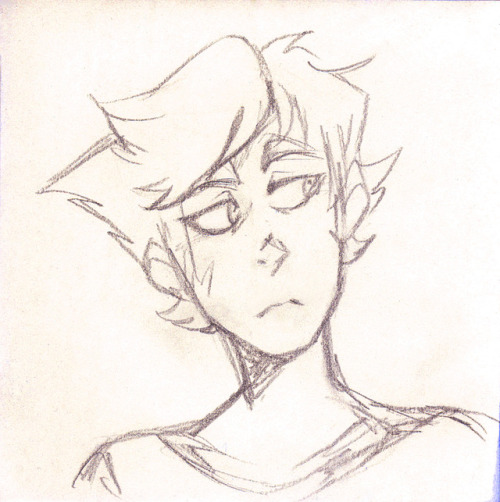
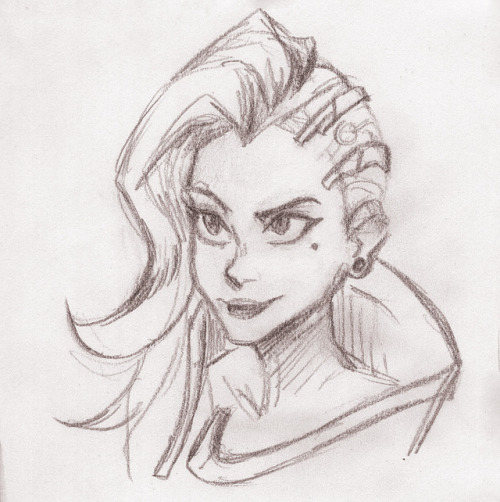
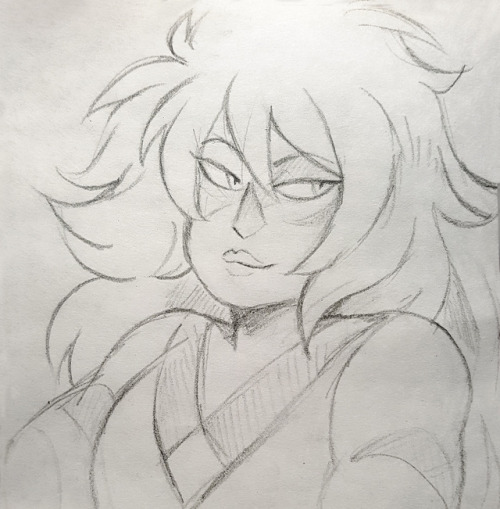
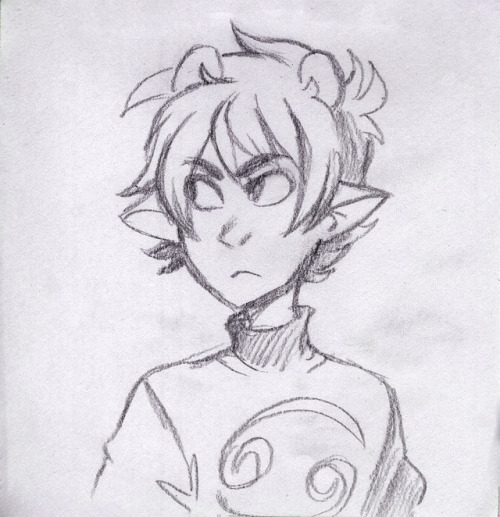
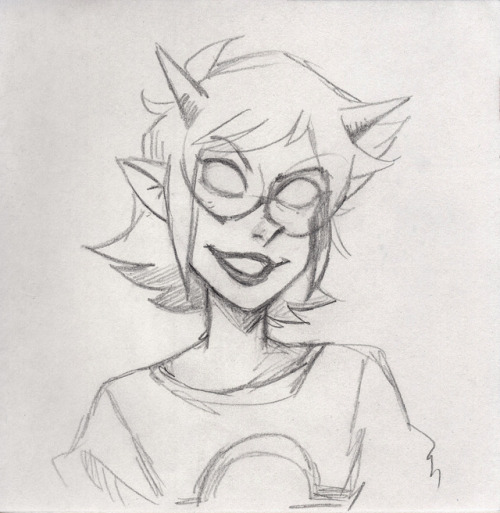
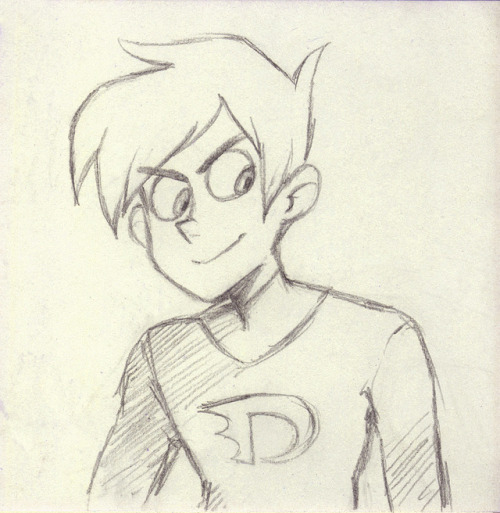

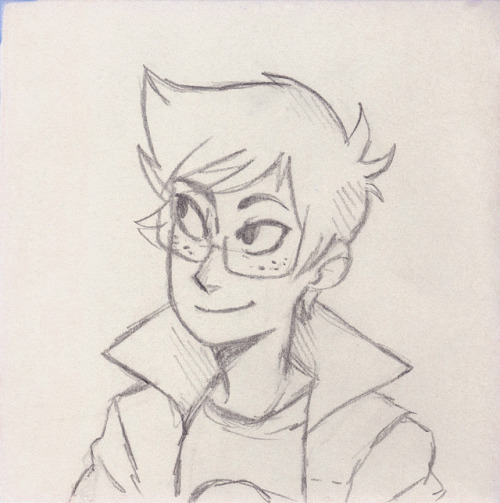
some of the pencil sketch commissions I’ve been doing for patrons the past months!
((I will draw/mail you a custom sketch of whichever character or oc you prefer each month you pledge, if you’re interested you can join here (=
*chemicals*
Wayfaring: do you want to go ahead and get your flu shot today?
Patient: no, I don’t get them. I’m not against vaccines, just the flu shot.
Wayfaring: why is that?
Patient: I’m just not comfortable with all the bad stuff they put in it.
Wayfaring: ok well let’s talk about it. What substances in particular worry you?
Patient: oh uhhh… you know… the bad ones.
Wayfaring:

-
 pleasurehunter2000 liked this · 4 years ago
pleasurehunter2000 liked this · 4 years ago -
 moiij-blog liked this · 7 years ago
moiij-blog liked this · 7 years ago -
 sakurabreeze liked this · 7 years ago
sakurabreeze liked this · 7 years ago -
 newchanuwas liked this · 7 years ago
newchanuwas liked this · 7 years ago -
 p0ppypapi liked this · 7 years ago
p0ppypapi liked this · 7 years ago -
 coala155-blog liked this · 7 years ago
coala155-blog liked this · 7 years ago -
 not-sams-blog1 liked this · 7 years ago
not-sams-blog1 liked this · 7 years ago -
 lunawave liked this · 7 years ago
lunawave liked this · 7 years ago -
 theoldsmelly liked this · 7 years ago
theoldsmelly liked this · 7 years ago -
 possit-de-tenebris liked this · 7 years ago
possit-de-tenebris liked this · 7 years ago -
 devastationwagon liked this · 7 years ago
devastationwagon liked this · 7 years ago -
 dhxhghks liked this · 7 years ago
dhxhghks liked this · 7 years ago -
 rayrainredroses liked this · 7 years ago
rayrainredroses liked this · 7 years ago -
 honeysweet1912 liked this · 7 years ago
honeysweet1912 liked this · 7 years ago -
 queenofeire liked this · 7 years ago
queenofeire liked this · 7 years ago -
 digitumdei liked this · 7 years ago
digitumdei liked this · 7 years ago -
 molibdenita liked this · 7 years ago
molibdenita liked this · 7 years ago -
 aliazbi-blog1 liked this · 7 years ago
aliazbi-blog1 liked this · 7 years ago -
 we-bd2020-blog liked this · 7 years ago
we-bd2020-blog liked this · 7 years ago -
 neith-hotep liked this · 7 years ago
neith-hotep liked this · 7 years ago -
 disco-dancer-donna reblogged this · 7 years ago
disco-dancer-donna reblogged this · 7 years ago -
 gennycreamale liked this · 7 years ago
gennycreamale liked this · 7 years ago -
 rrcckk liked this · 7 years ago
rrcckk liked this · 7 years ago -
 enginigger liked this · 7 years ago
enginigger liked this · 7 years ago -
 killercitrusrockstar liked this · 7 years ago
killercitrusrockstar liked this · 7 years ago -
 ikkeden liked this · 7 years ago
ikkeden liked this · 7 years ago -
 thatscoolness-blog1 liked this · 7 years ago
thatscoolness-blog1 liked this · 7 years ago -
 celestialzest liked this · 7 years ago
celestialzest liked this · 7 years ago -
 dednberried liked this · 7 years ago
dednberried liked this · 7 years ago -
 emrysazzura liked this · 7 years ago
emrysazzura liked this · 7 years ago -
 pandorasboxoflittletreasures reblogged this · 7 years ago
pandorasboxoflittletreasures reblogged this · 7 years ago -
 leftfootism liked this · 7 years ago
leftfootism liked this · 7 years ago -
 ourvioletdeath reblogged this · 7 years ago
ourvioletdeath reblogged this · 7 years ago -
 ourvioletdeath liked this · 7 years ago
ourvioletdeath liked this · 7 years ago -
 rigveda13 liked this · 7 years ago
rigveda13 liked this · 7 years ago -
 lolistica liked this · 7 years ago
lolistica liked this · 7 years ago -
 monkeybusiness42 reblogged this · 7 years ago
monkeybusiness42 reblogged this · 7 years ago -
 monkeybusiness42 reblogged this · 7 years ago
monkeybusiness42 reblogged this · 7 years ago -
 singleneuronfiring reblogged this · 7 years ago
singleneuronfiring reblogged this · 7 years ago